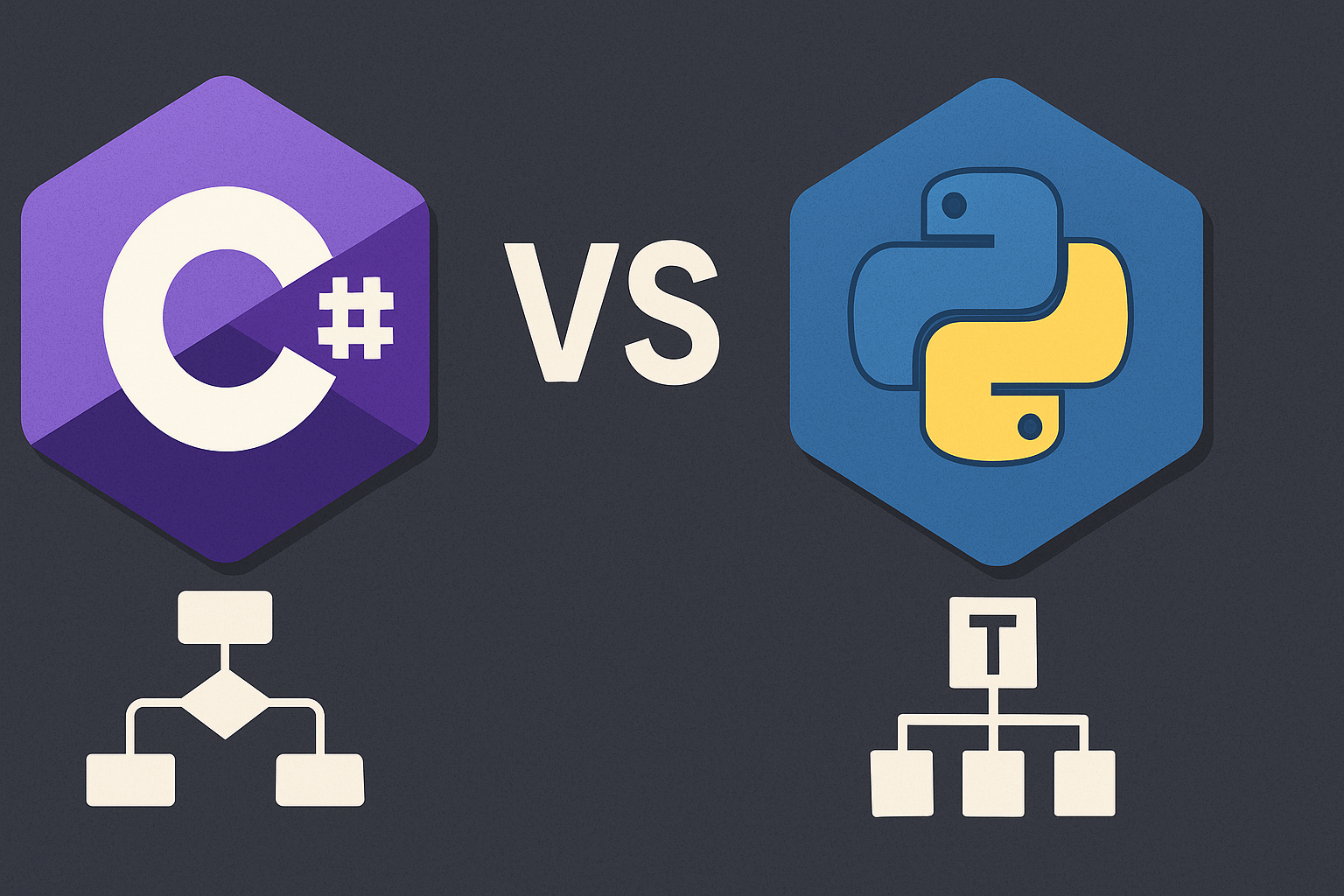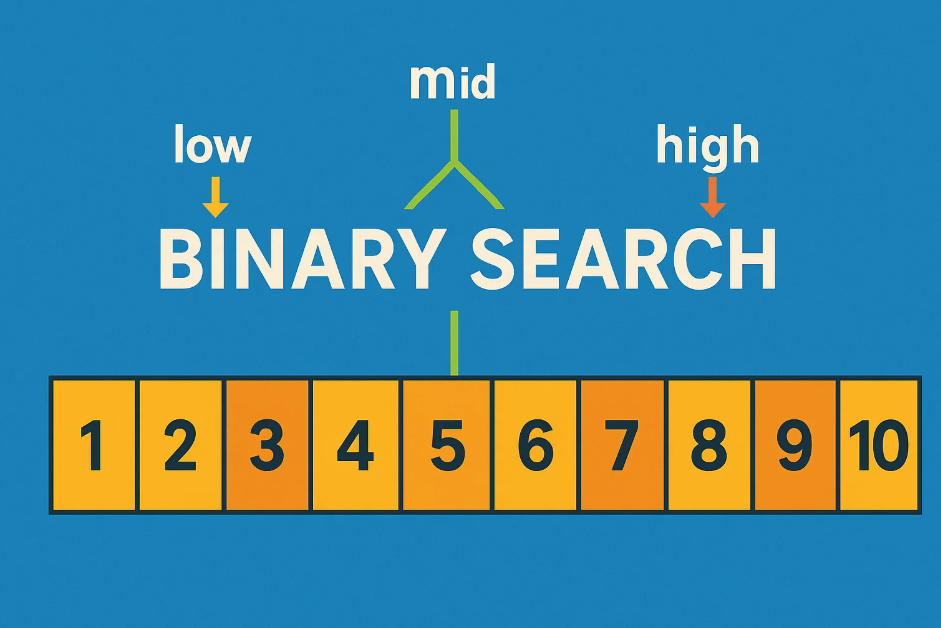Common Data Structures and Methods in C++ STL
Common Data Structures and Methods in C++ STL
1. vector (Dynamic Array)
1.1 Include
1 |
1.2 Creation
- Create an empty vector
1 | vector<int> vct; |
- Create a vector with a fixed length
1 | vector<int> vct(10); |
- Create a vector with a fixed length and initialize all elements with a given value
1 | vector<int> vct(10, 1); |
- Create a vector with specified elements
1 | vector<int> vct{1, 2, 3, 4, 5}; |
- Create a vector using iterators
1 | vector<int> tmp{1, 2, 3, 4, 5}; |
1.3 Methods
Append elements at the end:
push_back,emplace_backpush_back()creates a temporary object first, then copies or moves it to the container.emplace_back()(introduced in C++11) constructs the object directly at the end.1
2vct.push_back(1);
vct.emplace_back(1);Insert elements at a specific position:
insert,emplaceSimilarly,
emplaceis a new feature in C++11.1
2
3vct.insert(pos, val); // insert val at pos
vct.insert(vct.begin()+2, 1); // insert 1 at index 2
vct.insert(vct.begin()+2, 3, 1); // insert three 1s at index 2Remove the last element:
pop_back1
vct.pop_back();
Remove elements at a specific position:
erase1
2vct.erase(vct.begin()+2); // remove element at index 2
vct.erase(vct.begin()+2, vct.begin()+5); // remove elements from index 2 to 4Clear the vector
1
vct.clear();
2. stack
2.1 Include
1 |
2.2 Construct a stack object
1 | stack<int> st; |
2.3 Methods
Push onto stack:
push1
2st.push(1);
st.emplace(1);Pop from stack:
pop1
st.pop(); // void function, only removes the top
Get the top element:
top1
int a = st.top();
Check if empty:
empty1
2
3if(!st.empty()){
...
}
3. queue
3.1 Include
1 |
3.2 Construct a queue object
1 | queue<int> q; |
3.3 Methods
Enqueue:
push,emplace1
2q.push(1);
q.emplace(1);Dequeue:
pop1
q.pop();
Get front and back:
front,back1
2int a = q.front();
a = q.back();
4. deque (Double-ended Queue)
4.1 Include
1 |
4.2 Construct a deque object
1 | deque<int> dq; |
4.3 Methods
Insert at front:
push_front,emplace_front1
2dq.push_front(1);
dq.emplace_front(1);Insert at back:
push_back,emplace_back1
2dq.push_back(1);
dq.emplace_back(1);Remove from front/back:
pop_front,pop_back1
2dq.pop_front();
dq.pop_back();Access front/back:
front,back1
2int a = dq.front();
int b = dq.back();Clear the deque
1
dq.clear();
5. set
5.1 Include
1 |
5.2 Construct a set
1 | set<int> s; |
5.3 Methods
Insert elements:
insert,emplace1
2s.insert(1);
s.emplace(1);Remove elements:
erase1
s.erase(1); // remove element with value 1
Find elements:
count,find1
2
3
4
5
6if(s.count(1)){ // returns 1 if exists, otherwise 0
...
}
if(s.find(1) != s.end()){ // returns iterator if exists, otherwise end()
...
}Clear the set
1
s.clear();
6. map (Key-Value Mapping)
6.1 Include
1 |
6.2 Construct
1 | map<char, int> mp; |
6.3 Methods
Insert elements:
insert,emplace1
2mp.insert(pair<char, int>('a', 1));
mp.emplace('a', 1);
中文原文
C++的STL库常用数据结构及方法
1. vector可变数组
1.1 引入
1 |
1.2 创建
- 创建空vector
1 | vector<int> vct; |
- 创建一定长度的vector
1 | vector<int> vct(10); |
- 创建一定长度的vector,并且给所有元素赋初始值
1 | vector<int> vct(10, 1); |
- 创建一个指定元素值的vector
1 | vector<int> vct{1, 2, 3, 4, 5}; |
- 使用迭代器创建vector
1 | vector<int> tmp{1, 2, 3, 4, 5}; |
1.3 方法
向尾部添加元素push_back, emplace_back
push_back()会先创建一个临时对象,然后复制或移动到容器尾部。emplace_back是C++ 11新引入的方法,直接在容器尾部创建这个对象。
1
2vct.push_back(1);
vct.emplace_back(1);向某一位置插入元素insert,emplace
同理,emplace是C++ 11新特性
1
2
3vct.insert(pos, val);//在pos位置插入元素val
vct.insert(vct.begin()+2, 1);//在下标为2处插入1
vct.insert(vct.begin()+2, 3, 1);//在下标为2处插入3个1删除尾部元素pop_back
1
vct.pop_back();
删除指定位置的元素erase
1
2vct.erase(vct.begin()+2);//删除下标为2的元素
vct.erase(vct.begin()+2, vct.begin()+5);//删除下标为2到4的元素清空vector
1
vct.clear();
2. stack栈
2.1 引入
1 | #include<stack> |
2.2 构造stack对象
1 | stack<int> st; |
2.3 方法
入栈push
1
2st.push(1);
st.emplace(1);出栈pop
1
st.pop();//void函数,仅出栈操作
获取栈顶top
1
int a = st.top();
判空empty
1
2
3if(!st.empty()){
...
}
3. 队列queue
3.1 引入
1 |
3.2 构造queue对象
1 | queue<int> q; |
3.3 方法
入队push,emplace
1
2q.push(1);
q.emplace(1);出队pop
1
q.pop();
获取队头、队尾元素front,back
1
2int a = q.front();
a = q.back();
4. 双向队列deque
4.1 引入
1 |
4.2 构造deque对象
1 | deque<int> dq; |
4.3 方法
前端插入元素push_front,emplace_front
1
2dq.push_front(1);
dq.emplace_front(1);后端插入元素push_back,emplace_back
1
2dq.push_back(1);
dq.emplace_back(1);前后端出队pop_front,pop_back
1
2dq.pop_front();
dq.pop_back();访问元素front,back
1
2int a = dq.front();
int b = dq.back();清空clear
1
dq.clear();
5. 集合set
5.1 引入
1 |
5.2 构造set
1 | set<int> s; |
5.3 方法
插入元素insert,emplace
1
2s.insert(1);
s.emplace(1);删除元素erase
1
s.erase(1);//删除值为1的元素
查找元素count,find
1
2
3
4
5
6if(s.count(1)){//若存在则返回1,否则返回0
...
}
if(s.find(1) != s.end()){//若存在则返回迭代器,否则返回end()
...
}清空clear
1
s.clear();
6. 键值映射map
6.1 引入
1 |
6.2 构造
1 | map<char, int> mp; |
6.3 方法
插入元素insert, emplace
1
2mp.insert(pair<char, int>('a', 1));
mp.emplace('a', 1);
Common Data Structures and Methods in C++ STL
install_url to use ShareThis. Please set it in _config.yml.



